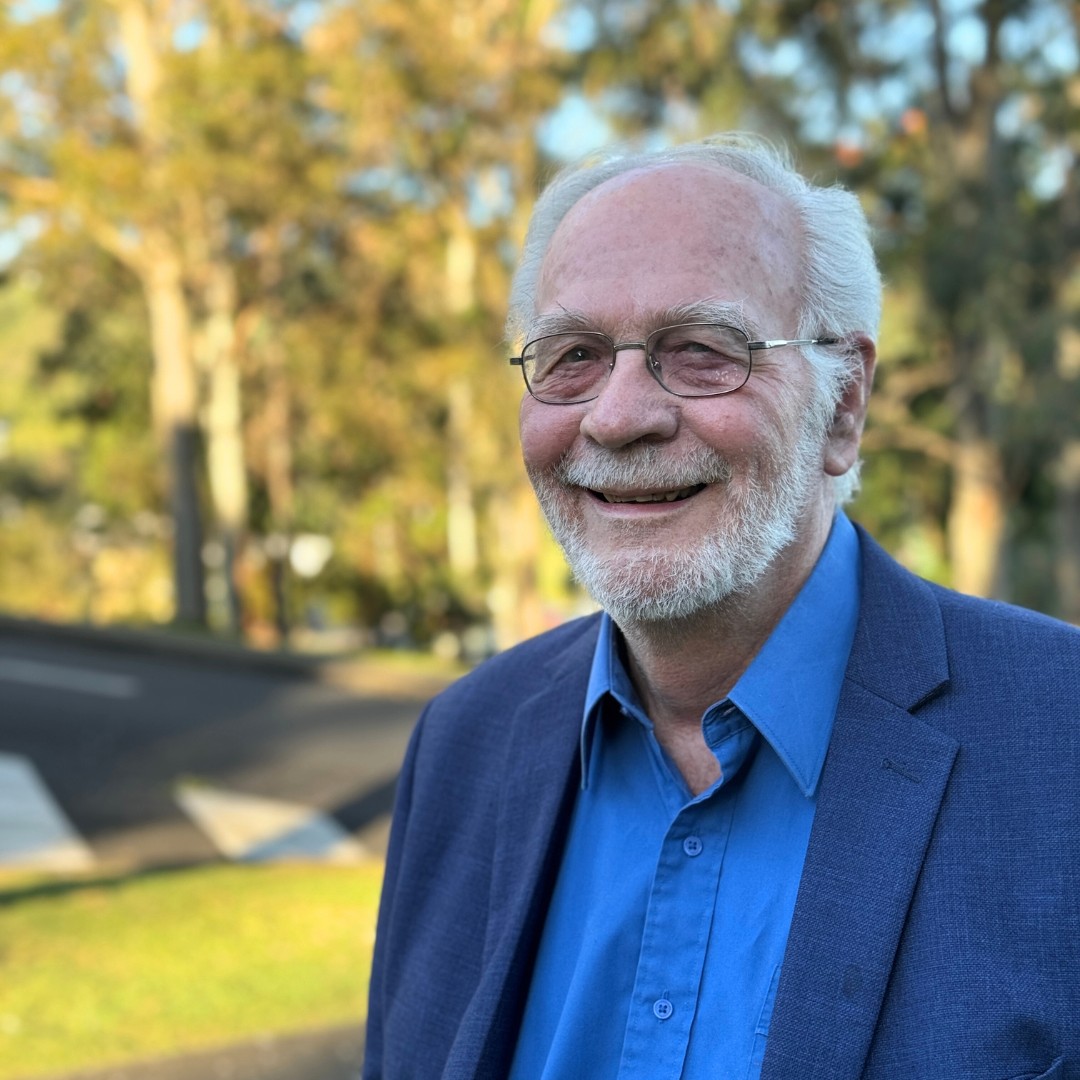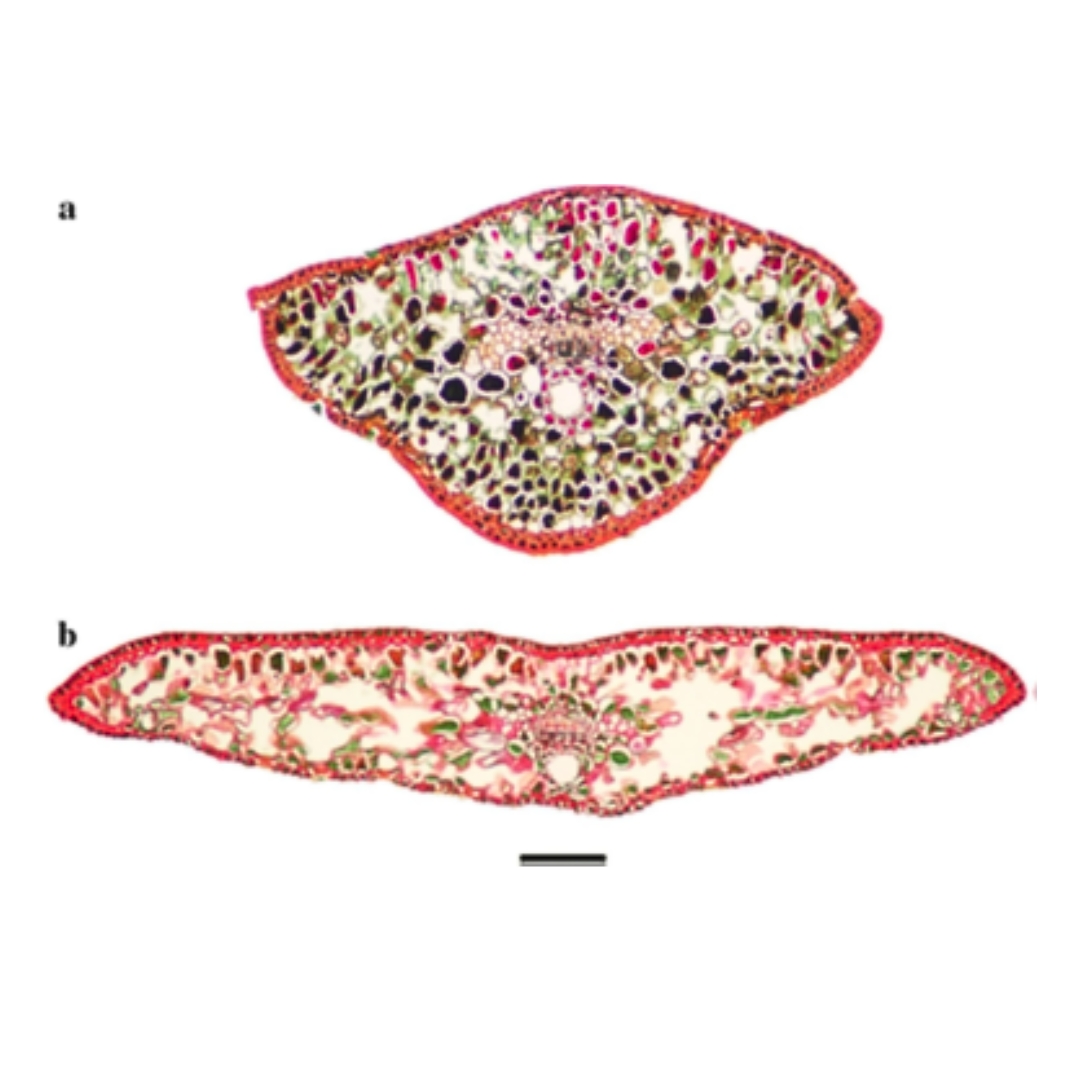For thousands of years, towering trees have been climate champions, storing carbon in their trunks, up to 100-metres-high, in old growth forests around the world. But is older necessarily better when it comes to forests and their role in limiting climate change? Southern Cross University Professor Emeritus, Phil West asks, how long should we grow forests to maximise carbon dioxide reduction?
We all get a little slower as we get older and, as Phil, a retired Faculty of Science and Engineering professor, points out, trees are no different.
"If you follow the growth rate of forests, you find that after they develop their full leaf canopy, their growth rate slows," Phil said. "This usually happens as a forest enters its teens and continues for the rest of its life, perhaps for centuries."
"Over the last 100 years or so, forest scientists have wondered why this happens."
The most popular suggestion, according to Phil, is the 'hydraulic limitation hypothesis' – when a tree's upper leaves are less capable of photosynthesis due to water stress, a result of increasing friction and the weight of the water column as water is transported ever higher from the soil to the leaves.
"In fact, it is this that stops trees growing taller than a little over 100 metres," Phil said. "Taller than that, the weight of the water column would make it snap and water could no longer rise."
 Now Professor West believes some scientists may have been barking up the wrong tree.
Now Professor West believes some scientists may have been barking up the wrong tree.
After scouring published data from many forests scattered widely across the world, with ages varying up to nearly 800 years old, he found that their photosynthetic production did not decline as they got older, but the amount of new growth that was added to them, year by year, did.
Time for a new theory.
"Some extremely brave, others would say mad, American scientists have climbed some of the tallest trees in the world, the redwoods of California and the eucalypts of Tasmania," Phil said.
"To their surprise, they found that leaves right at the top of the trees seemed able to carry out photosynthesis just as well as leaves much lower down that were not subject to as much water stress."
Take a closer look
Under the microscope, leaf cross-sections showed up dramatic differences in structure at different heights up the tree.
The image shows the cross-section of (a) a leaf from 110m at the top of a redwood and (b) a leaf from 48 m near the bottom of its crown (the scale bar at the bottom of the image represents 0.2 mm).

The leaf at the top has features such as increased tissue for photosynthesis and shorter pathways for absorbed carbon dioxide to reach these tissues.
"Such differences give those leaves a greater photosynthetic capacity, even though they suffer greater water stress," Phil said.
"However, such leaves are more 'costly' for the tree to construct."
As trees turn over their leaves every few years (every year for deciduous trees) they have more and more of these costly leaves to construct as they get taller.
"The cost to the tree is some of the energy that it gets from the sun by undertaking photosynthesis, a cost that returns carbon dioxide to the atmosphere. That means the tree has less energy to build new tissues, such as the bigger trunk it needs to keep it standing upright as it grows taller," Phil said. "Hence, its growth rate slows as it uses more and more energy to construct those costly leaves."
Phil is in no way diminishing the mighty climate change efforts of our world's forests – every year, it's estimated they absorb around 7.6 billion metric tonnes of carbon dioxide – nor is he suggesting that growing forests isn't a good strategy to reduce the greenhouse gas in the atmosphere.
But with administrations around the world feeling pressure to urgently protect old growth forests, Professor West wonders how long it will be before net absorption of carbon dioxide by younger forests becomes worth more. Will we get to a stage where it's out with the old growth, in with the new?






